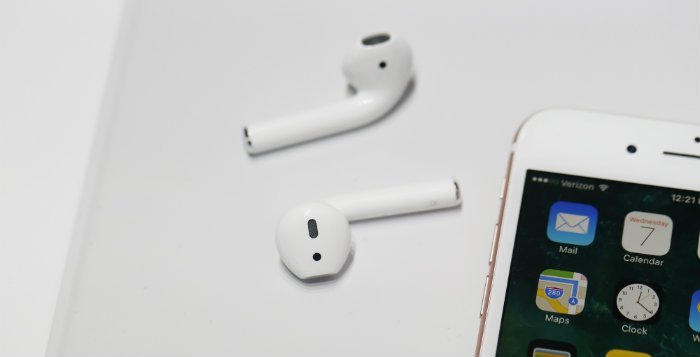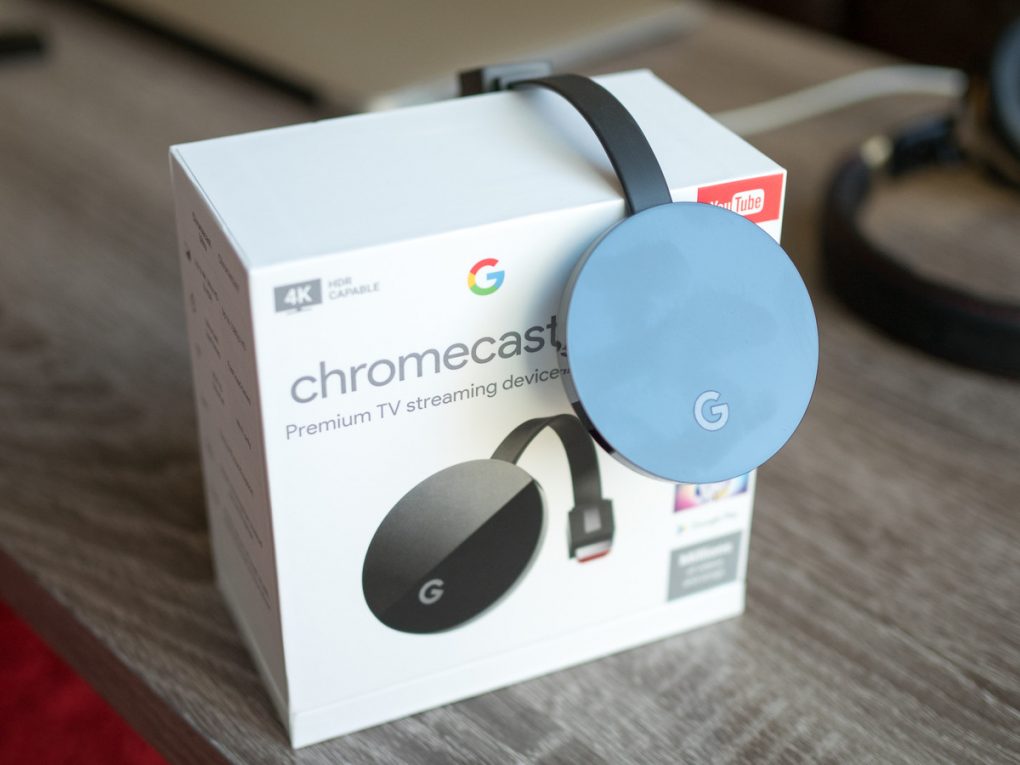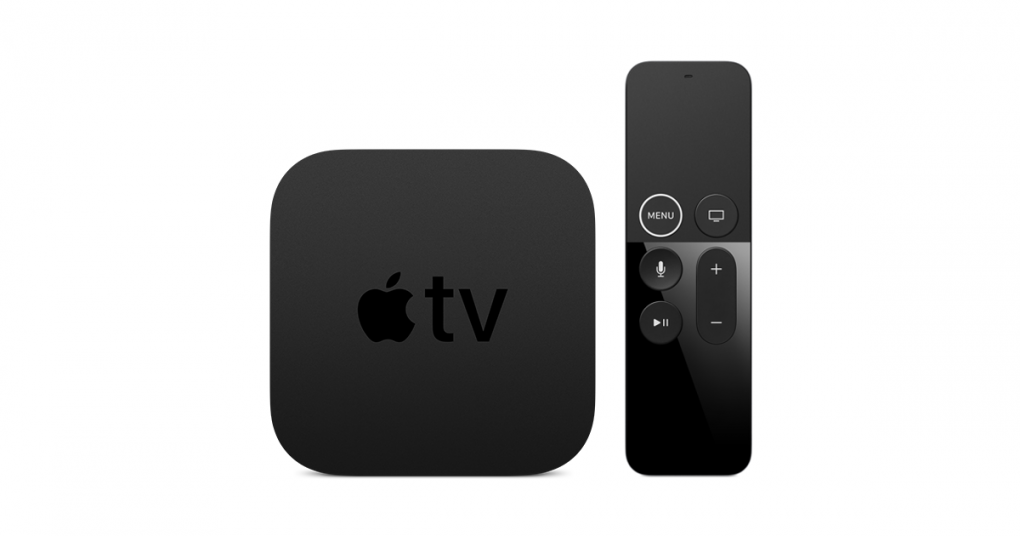Airplay 2: What are the differences to the predecessor?

Apple is spreading more and more in the smart home sector. With iOS 4 it was Airplay 1, for WWDC 2016 it was Home Kit with the Home App and this year for WWDC 2017, we saw Airplay 2. Some people will probably wonder what Airplay 2 is and how it can be used. An overview.
Jump to section
What was Airplay 1 anyway?
Airplay can be compared pretty well to Google Cast. You have a device from which content such as videos, music or even games can be streamed to other supported devices. It is also possible to stream the screen content to the end device in question. All of this happens over the home WiFi. As the aforementioned terminal, the following can be considered.
If you're very attached to the Google ecosystem, then the first option that comes to mind for a Google Cast enabled device is the Chromecast. This is a stick that is plugged into your own television via HDMI. During the setup, this is connected to the WLAN. You can then stream your media content to this stick and enjoy it on the television.
Apple does not have a streaming stick in its range, but you can use the Apple TV. It has its own operating system, but you can also mirror content on it via Airplay.
But there are already devices such as televisions, speakers and sound systems that have Google Cast or Airplay built in directly. This saves you having to buy a receiver and can still use all the advantages of both technologies.
So what is Airplay 2 then?
Compared to Airplay 1, nothing drastic has changed in the second generation. You can continue to stream your content as usual on any device. Only one thing has been improved. The experience of enjoying your own music via airplay.
First, there is now support for multiroom. This means that you can now play music not only on one speaker, but on several at the same time. In other words, the way it has been working with devices such as Sonos and Libratone for a long time. Unfortunately, one is bound to a restriction here that does not exist in the systems just mentioned. You can only play one song at a time on your output devices. For most, and I guess myself, it most likely won't be Probe a problem, but for some it is.
Then the audio buffering was improved. For those who do not know what audio buffering is: Audio buffering describes how far a piece of music is loaded during playback so that there are no dropouts in the event of a connection breakdown. The same thing happens with videos from Youtube and other streaming services. With Airplay 1 and Bluetooth, this buffer is usually only a few seconds, so there may be noticeable dropouts in the event of brief connection interruptions. With Airplay 2, there can be minutes in which a connection can be re-established, so that you no longer notice any disconnections.
These formats are supported by Airplay 2
The following formats are supported with Airplay 2: LPCM, AAC, MP3 and ALAC. Unfortunately, it is still unclear whether the sound quality will be increased by 16-bit and 44,1 kHz. It is also unclear whether 4K content can now be streamed directly via Airplay on the Apple TV 4K or whether it will continue to stay at the highest resolution of the iPhones, i.e. currently 1080p.
With these devices you can enjoy Airplay 2
Airplay 2 is supported by all devices with iOS 11, macOS High Sierra or tvOS 11. But it doesn't stop there. Windows PCs with iTunes and the appropriate additional software can also control things like an Apple TV with music. The HomePod coming in December will also support Airplay 2. Third-party providers have also reported that they will upgrade their existing range to Airplay 2 capability via software update or bring new speakers onto the market with this standard. These include Bang & Olufsen, Beats, Bose, Bowers & Wilkins, Denon, Naim and Sonos.


